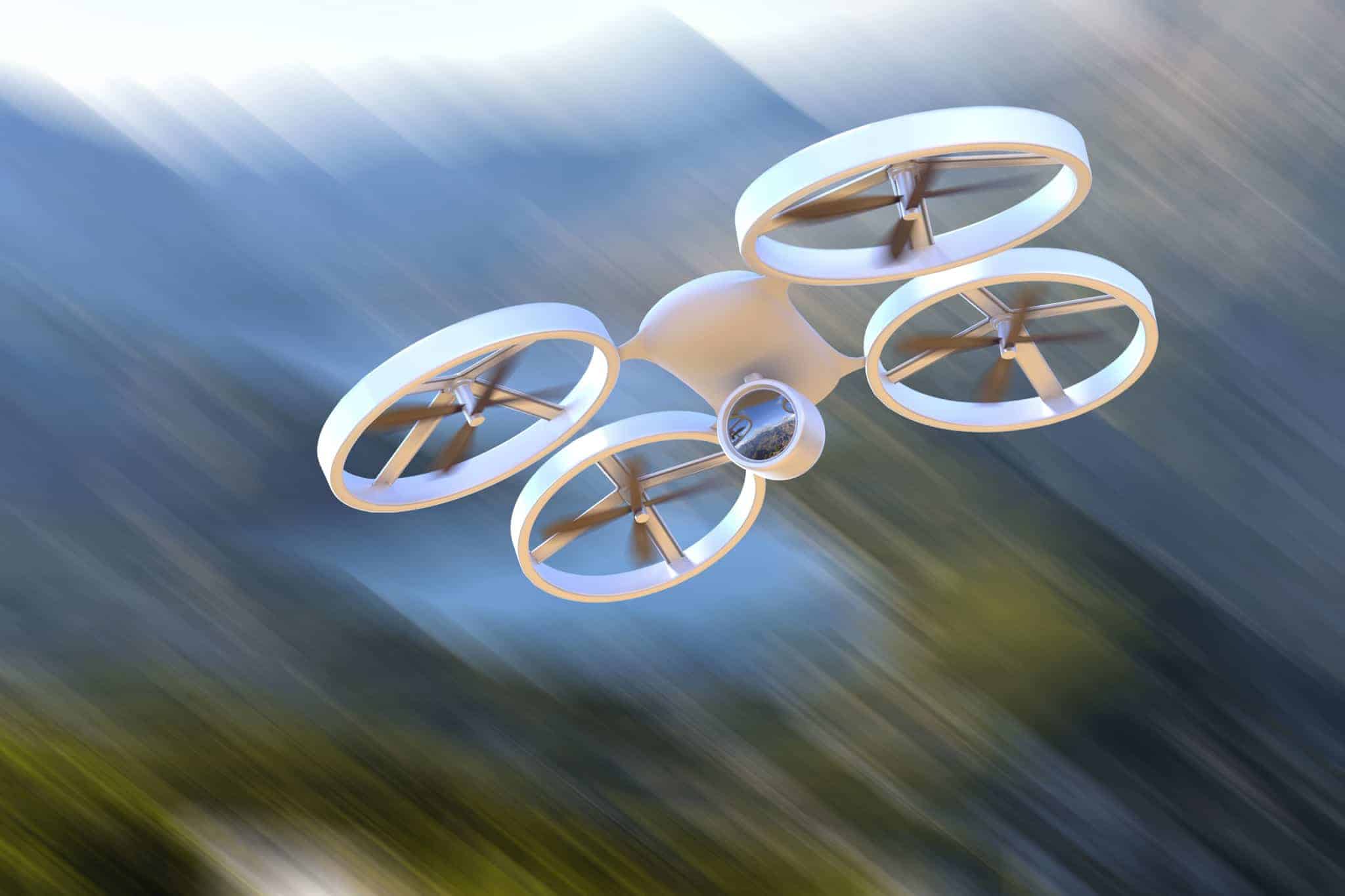(Source: droneanalyst.com)
 What if you could talk to a drone? No, seriously. You can already talk to a locomotive, so why not talk to a drone?
What if you could talk to a drone? No, seriously. You can already talk to a locomotive, so why not talk to a drone?
For those of you following the technology, you already know that unmanned aircraft systems (a.k.a. drones) are finding their way into Internet of Things (IoT) implementations. IoT applications are typically composed of:
A sensor “at rest,” e.g., on a highway or a bridge or a thermostat that gathers input (like weather conditions or seismic activity)
A connection (via the Internet) between the sensor and a back-end data collection infrastructure
A back-end data collection infrastructure that’s commonly based in the cloud
So why do I claim that drones the future of IoT? For one, drone technology is evolving very rapidly. Drones are already beginning to efficiently replace the connected sensors at rest with one device that is:
deployable to different locations
capable of carrying flexible payloads
re-programmable in mission
able to measure just about anything, anywhere
To illustrate the trend and these capabilities, I’ll highlight the developments of several companies. But first – so that we are all on the same page – let’s look at what I mean when I talk about drones.
A New Kind of Drone
All drones are not equal. Some like the Global Hawk are very complex systems that are connected to satellites and are only the purview of the military. Others like the Parrot A.R. Drone are mass-produced hobby aircraft that you can control with your mobile device. But a class of drones in the middle combines the capabilities of both complex and mass-produced systems and is specifically designed for commercial purposes. These drones weight less than 55 lbs. and are classified by regulatory entities as small unmanned aircraft systems or sUAS. We don’t see their ubiquitous use in the U.S. quite yet, but in countries like England, Australia, and France, you will find them operating in energy, mining, mapping, and surveying companies – and quite a few government agencies like those responsible for transportation and infrastructure.
Commercial drones are truly ‘unmanned aircraft systems’. They are not just remote controlled aircraft. They require many things in order to run, like avionics, ground control stations, communication systems, data collection and processing software, and of course GPS for geo-referencing. There’s more, but you get the idea. These are multifaceted complex vehicles whose mission is to fly sensors and collect data.
Commercial drones are also connected devices. So they are ‘things in motion’. Most are accessible or controllable over the Internet, and the data they collect is pushed to various cloud services. Some drones are beginning to carry on-board processors as well and are now part of the growing trend of fog computing devices.
Deploy a Fleet
So, if a commercial drone is a connected device, then shouldn’t you be able to ‘talk to a drone’? And shouldn’t you be able to – from your smartphone in California –control a drone in, say, France?
Continue Reading at droneanalyst.com…
Alan is serial entrepreneur, active angel investor, and a drone enthusiast. He co-founded DRONELIFE.com to address the emerging commercial market for drones and drone technology. Prior to DRONELIFE.com, Alan co-founded Where.com, ThinkingScreen Media, and Nurse.com. Recently, Alan has co-founded Crowditz.com, a leader in Equity Crowdfunding Data, Analytics, and Insights. Alan can be reached at alan(at)dronelife.com







Leave a Reply